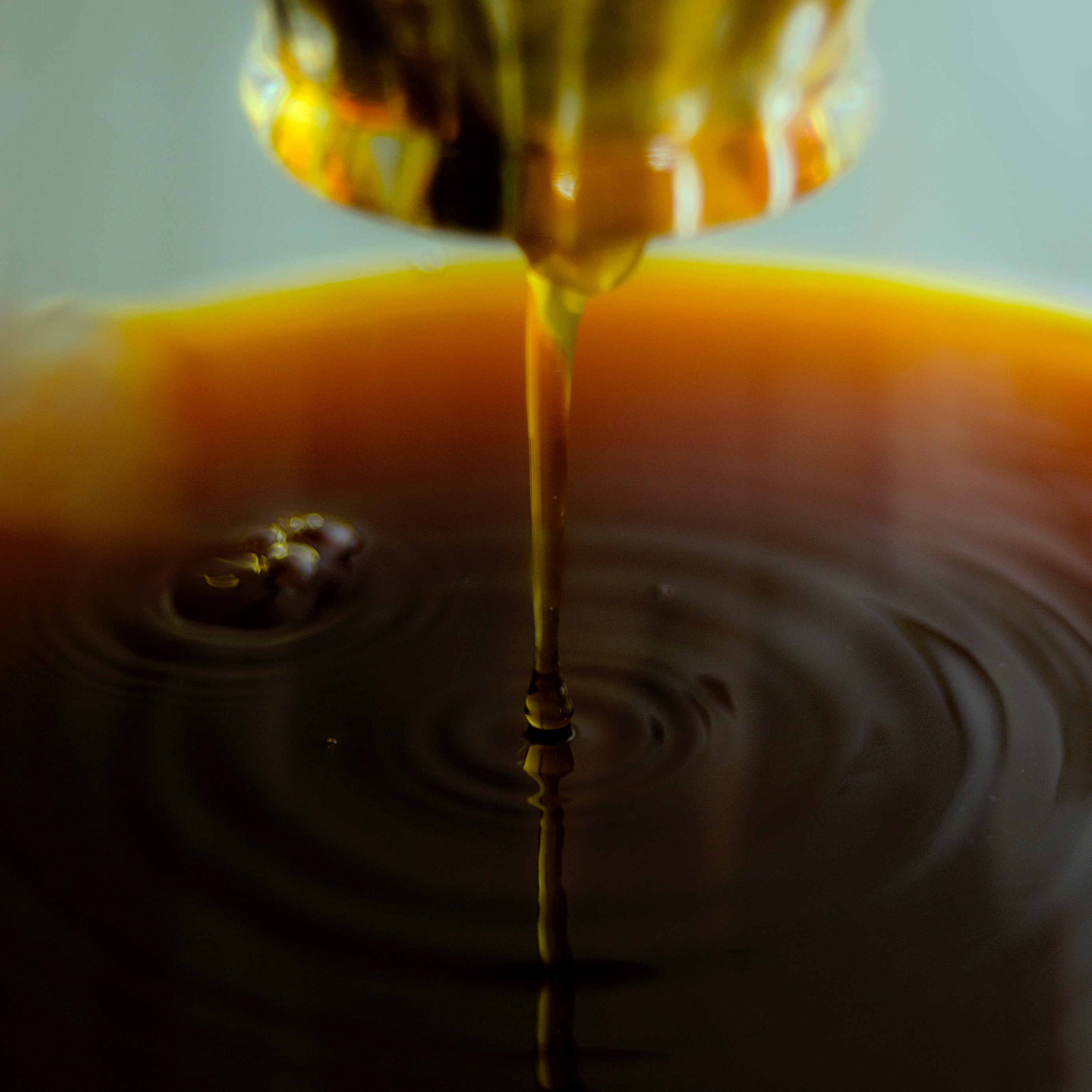
Exploring water's role in coffee
In the world of coffee, water is more than just a means of extraction — it's a critical component that significantly impacts the final brew's quality. Despite this awareness, understanding the intricacies of water mineral composition and its influence on coffee characteristics remains limited in the industry. Recognising the importance of this relationship, we partnered with esteemed water specialist Simon Gautherin at Apax Lab to delve deeper into this topic and shed light on its complexities.
Traditionally, discussions around water composition in coffee brewing have centred on individual minerals like Magnesium (Mg), Calcium (Ca), Sodium (Na), and bicarbonates. However, this simplistic approach overlooks the fact that these minerals exist in combinations, such as Magnesium Chloride (MgCl) or Magnesium Sulfate (MgSO4), each with distinct effects on flavour.
The importance of Anions and Cations
Anions and cations play a crucial role in determining the taste profile of water. For example, different forms of Magnesium, like MgCl and MgSO4, can produce contrasting flavours in brewed coffee. While MgCl enhances brightness, fresh fruit qualities, and acidity, it can also introduce saltiness and minerality in excessive amounts. On the other hand, MgSO4 accentuates floral aromas and imparts a subtle bitterness. Understanding the balance between these ions is essential for crafting the desired coffee profile.
Insights by APAX LAB
Based on Apax Lab’s research, we've compiled a list of common minerals and their effects on coffee flavour:
-
MgCl: Enhances brightness, fresh fruit qualities, and high quality acidity, but may contribute to excessive saltiness
-
MgSO4: Accentuates florality and adds a slight bitterness to the brew.
-
CaCl: Intensifies body while reducing the percieved acidity, but may cause chalkiness in excessive amounts
-
NaCl: Boosts brightness, flavour intensity, and saltiness.
-
KCl: brings sweetness and roundness.
-
NaHCO3: Provides controlled structure, brightness, and mouth-watering acidity.
-
KHCO3: Regulates acidity, adds roundness to the cup, and imparts chocolate aromas.
-
Note: HCO3 in high amounts may mute the acidity, flatten the cup and cause chalkiness (when combined with Calcium)
While experimenting with mineral content can enhance coffee flavour, it's crucial to avoid reaching a point where the taste becomes negatively affected. Finding the right balance is key to optimising water composition for the best brewing results. Typical thresholds ranges for individual minerals (ppm = parts per million):
- MCl: 30 to 80 ppm
- MgSO4: 20 to 40 ppm
- CaCl: 20 to 40 ppm
- NaCl: 0 to 10 ppm
- NaHCO3: 2 to 15 ppm
- KHCO3: 0 to 10 ppm
By unravelling the complexities of water mineral composition, we hope to empower coffee enthusiasts and professionals alike to elevate their brewing practices. Through collaboration and continued exploration, we can unlock new dimensions of flavour and enhance the coffee drinking experience for all.

POMA x APAX LAB
We have teamed up with Apax Lab to develop a specific water profile that enhances the flavour of our coffees to their fullest potential. This water mineral blend is carefully crafted to balance and elevate all the unique qualities of the coffee. To prepare it, simply add 3.0g of the provided solute to every 1 litre of high-quality distilled water, then give it a good shake. This curated mixture will result in a mineral concentration of 90 parts per million (ppm) of perfectly balanced mineral compositions, optimising the brewing conditions for an exceptional coffee drinking experience.
Minerals used in mixture:
- MgCl
- CaCl
- NaHCO3
- KHCO3